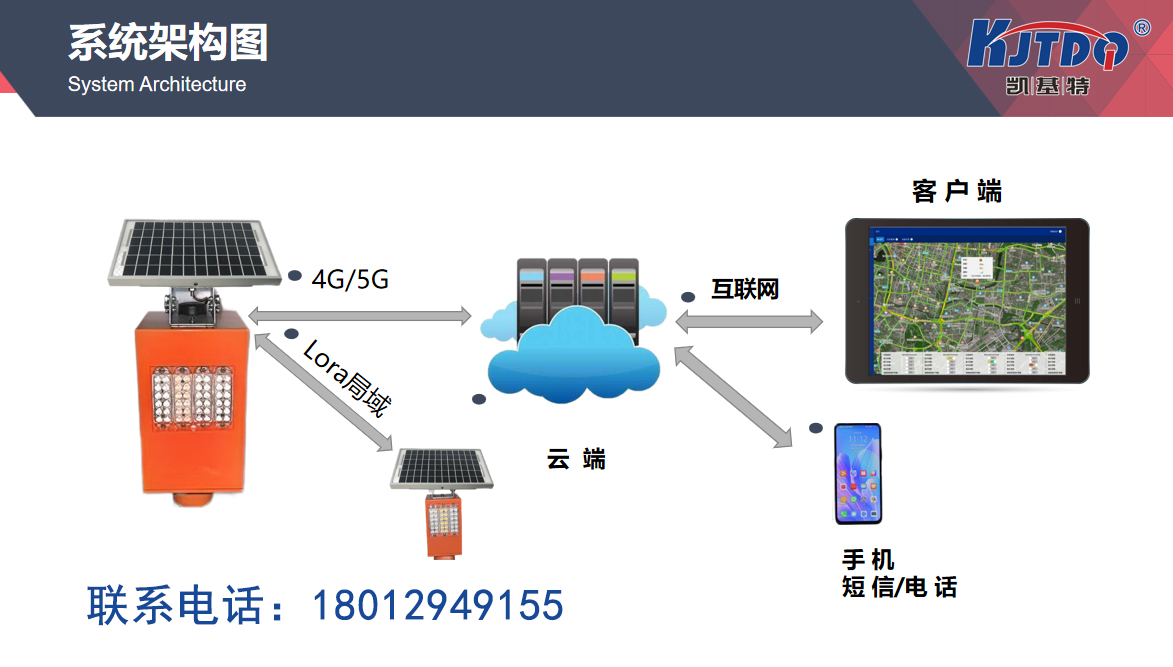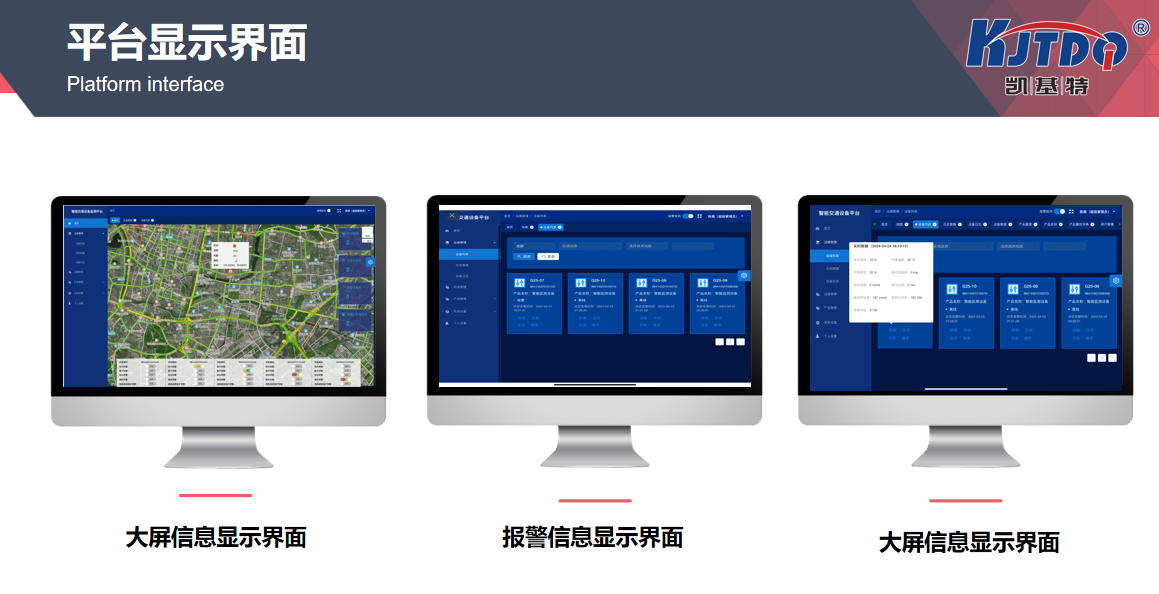In our daily lives, highways are one of the most important infrastructure in modern society. Whether it is for work, travel, or cargo transportation, highways are indispensable. But with the continuous increase of traffic volume, road safety issues have become increasingly prominent. The annual casualties and property losses caused by traffic accidents are difficult to estimate. In order to reduce the occurrence of these tragedies and improve road safety, intelligent highway prevention systems have emerged.

The core idea of the intelligent prevention system for highways is to use advanced technological means to prevent potential traffic accidents in advance through intelligent monitoring, warning, and management. This system is not just about simple monitoring, but uses various sensors, cameras, and intelligent algorithms to monitor road conditions, weather, and vehicle conditions in real time, issue timely warning information, and enable drivers to take measures before danger occurs, greatly reducing the incidence of accidents.
We know that on highways, drivers often face various unpredictable situations, such as sudden water accumulation, road icing, vehicle breakdowns, etc., which can all lead to serious traffic accidents. The intelligent prevention system for highways is designed specifically for these situations. It can monitor the condition of the road in real time through sensors arranged on the road surface. If ice or water is detected, the system will immediately send warning messages through road signs, electronic displays, or even directly to the driver's phone, prompting the driver to slow down or take other measures in advance.
In addition, this system can also predict future road conditions based on weather forecasts and historical data. For example, before the rainstorm comes, the system can notify the driver in advance that there may be ponding in some sections, so that they can choose to detour or make preparations in advance. This proactive safety protection measure can effectively avoid accidents caused by sudden changes in road conditions.
Not only that, the highway intelligent prevention system can also be linked with the vehicle's own intelligent system. For example, many modern cars are equipped with autonomous driving assistance systems. When the vehicle enters a dangerous road section, the highway intelligent prevention system can directly interface with the car's system to automatically adjust the speed or change lanes, ensuring driving safety. This collaborative approach between vehicles and roads will greatly enhance the overall safety level of highways.
Speaking of which, we have to mention that behind this system is actually a powerful data analysis capability. By analyzing a large amount of historical data, the system can identify road sections and time periods where accidents occur frequently, and focus on monitoring and managing these high-risk areas. For example, if multiple traffic accidents occur on a certain section of a highway every winter, the system can make special safety arrangements for that section in advance, such as adding warning signs, laying anti slip materials, or even directly closing the section to completely eliminate safety hazards.
In addition, the highway intelligent prevention system can also discover potential safety issues through data analysis. For example, if a small collision accident frequently occurs at a certain intersection of a certain section of highway, the system can suggest relevant departments to redesign or add traffic lights to the intersection to reduce the possibility of accidents. This data-driven approach to highway management will greatly enhance the safety and efficiency of the entire highway network.
Of course, the implementation of intelligent prevention systems for highways is not an overnight task. It requires a significant amount of capital investment, technical support, and management collaboration. But we believe that with the continuous advancement of technology and the increasing demand for safe travel in society, this system will gradually become popular and play an increasingly important role in future road traffic.

Finally, as a traffic safety enthusiast, I believe that intelligent highway prevention systems are not only technological advancements, but also highly value the safety of human life and property. In the future, with the promotion and improvement of this system, we have reason to believe that traffic accidents on highways will be greatly reduced, and people's travel will be safer and more comfortable. This is not only a guarantee for the safety of each and every one of us, but also a positive contribution to the harmonious development of society. The intelligent prevention system for highways is using the power of technology to safeguard every road and every person driving on it.
1. How does the highway intelligent prevention system monitor road conditions in real time?
The highway intelligent prevention system monitors road conditions in real-time through various sensors and cameras installed on the road surface and surrounding areas. These devices are capable of detecting information such as temperature, humidity, icing conditions, and traffic flow on the road surface. At the same time, the system will transmit these data to the central control system. After analysis by intelligent algorithms, the system will promptly issue warning signals to remind drivers to take corresponding measures to ensure road safety.
2. How can intelligent highway prevention systems help reduce traffic accidents?
The highway intelligent prevention system helps drivers identify potential road hazards through early warning. For example, when the road freezes due to rain or snow, the system will automatically send warning messages to nearby vehicles, prompting the driver to slow down or avoid. In addition, the system can also identify accident prone road sections through data analysis and make targeted safety improvements, effectively reducing the occurrence of traffic accidents.
3. What is the difference between intelligent highway prevention systems and traditional road safety measures?
Traditional road safety measures are usually passive, such as road signs, speed bumps, etc., and drivers can only react when approaching these facilities. The highway intelligent prevention system is proactive, it can monitor and predict road conditions in real time, and issue warnings to drivers through various methods such as mobile notifications and in car displays. This proactive protection feature enables the system to alert drivers before danger occurs, thereby more effectively preventing accidents.